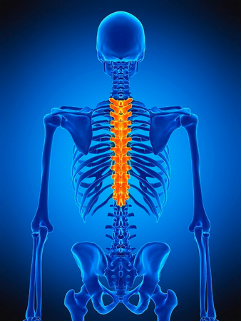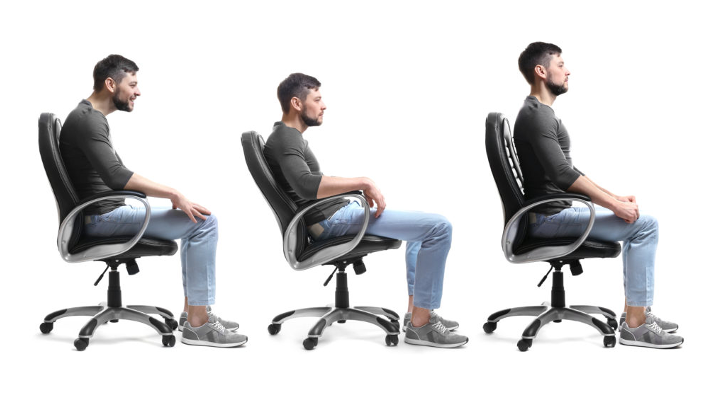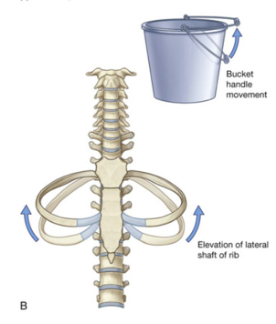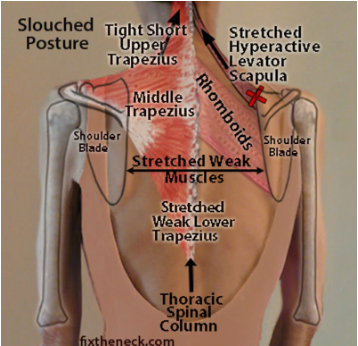Blog
13 Feb 2022
What is the big deal about my stiff upper back?
By Erin Lanting, BSc, MScPT
I can’t deny it, I love treating the thoracic spine! But, it is for a good reason.. In most cases, I find it is a contributing factor to my patients’ problems or symptoms, even if they have pain in their arm, an area that you wouldn’t necessarily think you need to look at their back. I have always emphasized the importance of addressing areas above and below the location of injury or pain with all my patients and this is why I often end up assessing and treating the thoracic spine. I would say its actually pretty rare for pain to show up directly in the thoracic spine but more often than not it will show up in the neck, lower back or extremities.
First things first, what is the thoracic spine and where is it located?
Your spine is not just your spine! It is actually composed of five different segments, and they weren’t given different names just for fun! Each section has different movement capabilities & functions. The thoracic spine is the middle section of your spine between your neck and lower back. There are 12 vertebrae and your rib cage attaches to these vertebrae on either side.

What is the primary purpose of the thoracic spine?
Mobility, mobility, mobility! I will caveat that every joint needs a certain amount of both mobility and stability in order for us to function normally. That being said, some areas are designed to have more or less mobility or more or less stability and in this case, the thoracic spine is built mostly for mobility. It has the potential to bend, straighten and rotate to both sides. The problem is most people are not aware of this and as such when they go to for example, reach for something behind them, they are not connecting with this area of their back, and instead are connecting with other areas that are familiar to them, like their neck and lower back. Its like that saying “ if you dont use it, you lose it”, and thus a stiff thoracic spine results. It almost seems like a stiff middle back has become so commonplace, that we simply dont think or notice there is anything wrong!
How does it contribute to pain and dysfunction in other areas of my body?
If your middle back is not moving optimally, it can ultimately affect your posture, breathing, and even shoulder and hip movements. . Most of my patients have difficulty straightening (extending) their middle backs as well as rotating them, sometimes one direction is stiffer than the other.

POSTURE:
Do you feel like you always slump when you’re sitting?. When we are stiff in our thoracic spine it can be difficult to maintain an upright posture and then even if we gain the mobility to do so, our muscles have become weak to hold us there. It is one of those “which came first, the chicken or the egg” problems, as the sitting at the desk is just further contributing to this stiffness and it’s a vicious cycle. Furthermore, the tension that is created by this suboptimal posturing can lead to neck, shoulder pain and headaches.
OVERHEAD MOVEMENTS:
If you struggle to straighten your thoracic spine, it will cause the shoulder blades to compensate and limit your shoulder mobility in overhead positions. Do this test: Sit down and slouch your posture and then while holding that position try to reach overhead. Now sit up as tall as you can and reach overhead. You should notice it is much easier and much more comfortable on your shoulders when your posture is more upright.
BREATHING:
A stiff thoracic spine may actually reduce your lung capacity as it can restrict the movement of your ribs which is important especially when your taking deep breaths.

LOWER BACK STABILITY:
When you have a stiff thoracic spine, the lower back will often try to make up for it, which may not sound like a bad thing, except that your lower back is not designed to have the same mobility as your thoracic spine. This can create pain and other injuries/problems for your lower back.

Ok so you’re thinking you probably have a stiff thoracic spine, what can you do about it?
Stay tuned as my next blog post will address this in more detail and I will share some simple at home exercises you can do to help bring more awareness and mobility to your thoracic spine. In general, we want to stretch out the muscles that have become tight, strengthen the ones that will help with holding our posture, make sure we are doing movements that specifically target thoracic spine mobility and lastly, when needed, having a qualified healthcare professional like a physiotherapist properly assess and treat your specific symptoms & concerns, and if needed, provide further guidance on thoracic spine mobility
